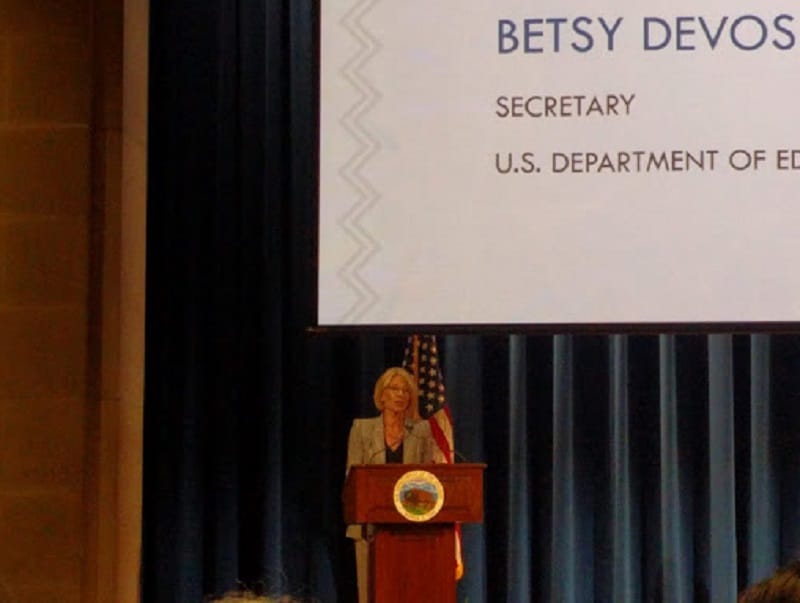Wireless Broadband Likely to be a Key Component in Getting Broadband to Tribal Country
WASHINGTON, September 24, 2019 – Better broadband and 5G development is essential to the livelihood of tribal communities, according to representatives from government and telecom at the National Tribal Broadband Summit on Tuesday. Many tribal members have no clear idea of who owns the available spe

WASHINGTON, September 24, 2019 – Better broadband and 5G development is essential to the livelihood of tribal communities, according to representatives from government and telecom at the National Tribal Broadband Summit on Tuesday.
Many tribal members have no clear idea of who owns the available spectrum and how to access it, said Sen. Martha McSally, R-Ariz., in the opening remarks. People living on tribal lands primarily use their cellular devices to access the internet.
Going forward, she said, better broadband mapping is only the baseline of determining what tribal communities need to improve their access.
Also in attendance was U.S. Secretary of Education Betsy DeVos. Few students in tribal communities have broadband access, she said, and that only encompasses the public education system.
Establishing a broadband connection is only a means to an end, DeVos said. The untapped potential of American internet is critical for improving education.
The ongoing development of 5G service was an important discussion during the summit, as mass deployment could benefit both tribal and rural communities.
A decade ago, nobody could have foreseen the benefits that fourth-generation wireless networks, including LTE, would bring to productivity, said former Federal Communications Commissioner Robert McDowell.
5G wireless capabilities are expected to be 100 times faster than the current capacity for high-speed internet, he said. The antennas for 5G towers are expected to be built much closer together.
The greatest percentage of Americans who lack access to fixed terrestrial broadband are those residing in tribal and rural areas, said Steve Sharkey, vice president of Government Affairs at T-Mobile.
Coverage information that can be verified by customers is crucial, he said. That is why T-Mobile is committed to instating nationwide drive tests in order to foster better connectivity.
Sharkey outlined several steps that need to be taken for 5G to become mainstream in the next few years. First, 5G must be integrated into 4G interworking, followed by standalone deployments in several cities. After trial deployments, densification and redeployment of spectrum is required before 5G enters the marketplace.
McDowell claimed that part of the purpose of the Sprint-T-Mobile merger was to use broadband’s untapped market to connect rural Americans with 600 MHz spectrum.
The main goal for furthering 5G development is to create a more cohesive process with our federal and industry partners, said Billy Dove, advisor to the office of the assistant secretary of land and minerals management at the U.S. Department of the Interior. The Interior Department has historically played a leading role in matters between the U.S. and American Indians.
Speaking at the tribal summit on Monday, Federal Communications Commission Chairman Ajit Pai highlighted some of the successes that some tribes were having in closing the digital divide. For example, he referenced Trace Fiber, a Tribally-owned subsidiary of the Chickasaw Nation, which is currently building out a 500-mile fiber ring.
He also highlight how Red Spectrum Communications is bringing broadband to Tribal members using fiber and fixed wireless technologies at the Coeur d’Alene Reservation in Idaho.
Pai also highlighted the FCC’s action to allow rural Indian tribes an exclusive window to obtain Educational Broadband Spectrum to serve rural Tribal lands.
“That’s right,” Paid said, “Before any commercial auction of this spectrum, Tribes can obtain this spectrum for free. his is the first time in the FCC’s history that we have ever given Tribal entities what we call a ‘priority window’ to obtain spectrum for wireless broadband. I’m proud that it is happening under my watch, and I hope that Tribes will take advantage of it.”








